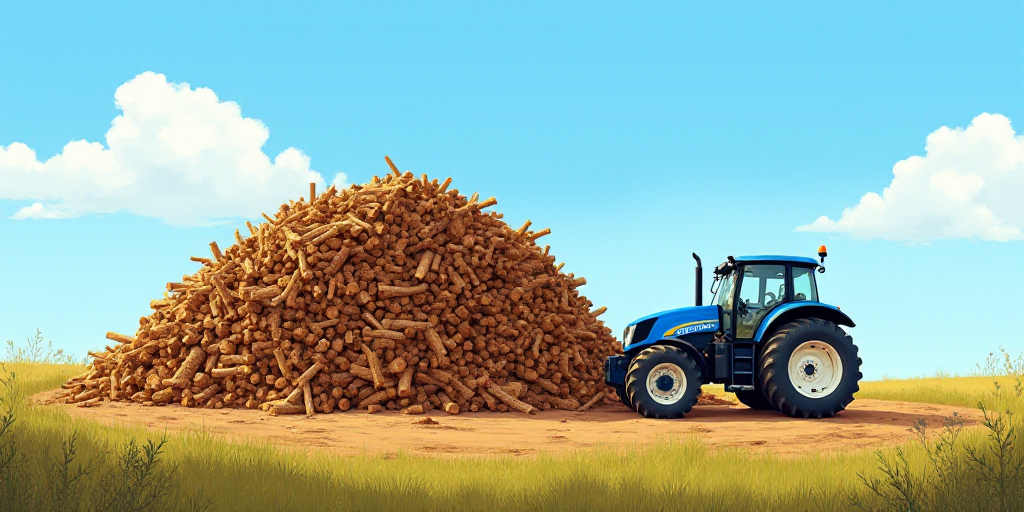Introduction to the Sugarcane Industry’s Productivity Challenge
The sugarcane industry faces a significant challenge in improving productivity, with both the federal government and producer organizations striving to enhance yields per hectare. However, production figures for sugarcane (tonnes/hectare) and agroindustrial output (sugar tonnes/hectare) have declined by 12.6% and 20.8%, respectively, from 2019 to 2024, according to Conadesuca data.
Factors Affecting Sugarcane Production
Multiple factors have contributed to the decline in production, with drought being the primary issue across various producing regions. Additionally, rising input costs, especially fertilizers, have exacerbated the situation.
The Difficulty of Elevating Productivity
Increasing productivity from one harvest to the next is challenging due to drought’s cascading adverse effects, such as plant loss exceeding 15%, making it economically viable to replant. However, both producers and industries recognize the value of crop renewal, as it implies lower cane volumes for immediate harvests and requires investment.
Consequences of Delayed Renewal
Postponing renewal leads to older plantations dominating the sugarcane fields, typically over 8 years old. These plantations suffer from underpopulation, increased weed growth due to unplanted spaces, more pest habitats, and require greater maintenance investment. Despite better technology packages, the limited application to fewer young stalks results in stagnant or marginally improved yields.
FIRA’s Role in Enhancing Productivity and Efficiency
FIRA’s second primary objective, after financial inclusion, is to promote productivity and efficiency growth by expanding producers’ technical capabilities, capital, and technology use.
- Crop Renewal: FIRA advocates for total and gradual crop renewal using new sown or resown crops, technological advancements in irrigation, and modernized machinery, especially for harvesting. They offer bank guarantees with competitive fixed rates and terms aligned with cash flows and cycles, through credit intermediaries.
- Technology Adoption: FIRA encourages the adoption of agricultural 4.0 components, making satellite monitoring accessible to producers of all scales. This technology enables timely crop attention, particularly for numerous producers engaging in supplementary economic activities like professionals and merchants, who cannot physically monitor their lands.
Successful FIRA Initiatives
FIRA’s successful initiatives include promoting biofertilizers alongside chemical fertilization and optimizing chemical input use with drone-assisted application. These efforts contribute to sugarcane cultivation’s productivity, profitability, and sustainability.
About Jose Salazar Cayetano Lopez
*Jose Salazar Cayetano Lopez is a specialist in FIRA’s Veracruz state residence office. “The views expressed here are the author’s and do not necessarily reflect FIRA’s official stance.”






